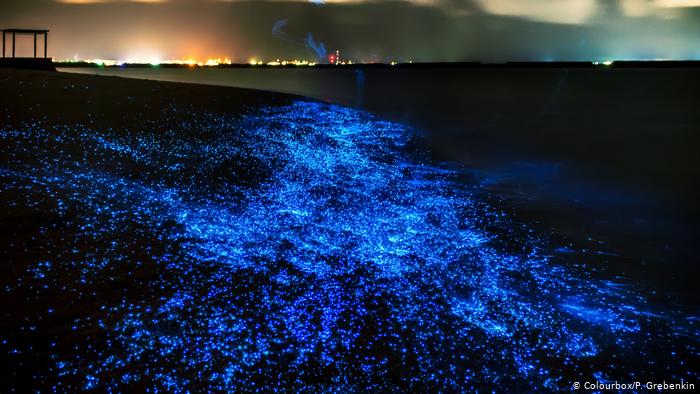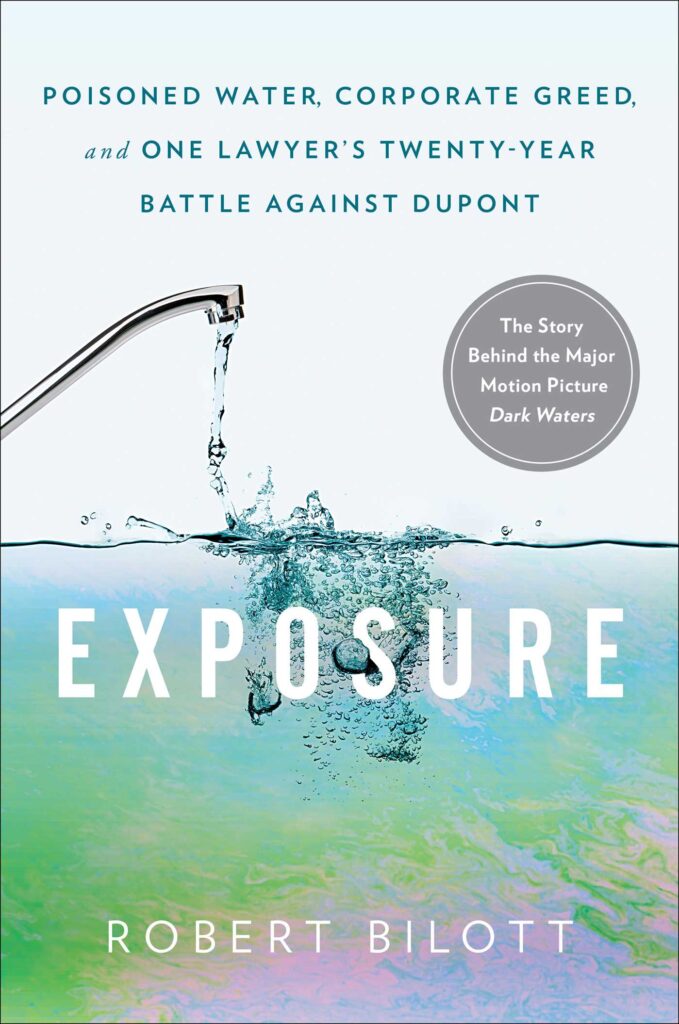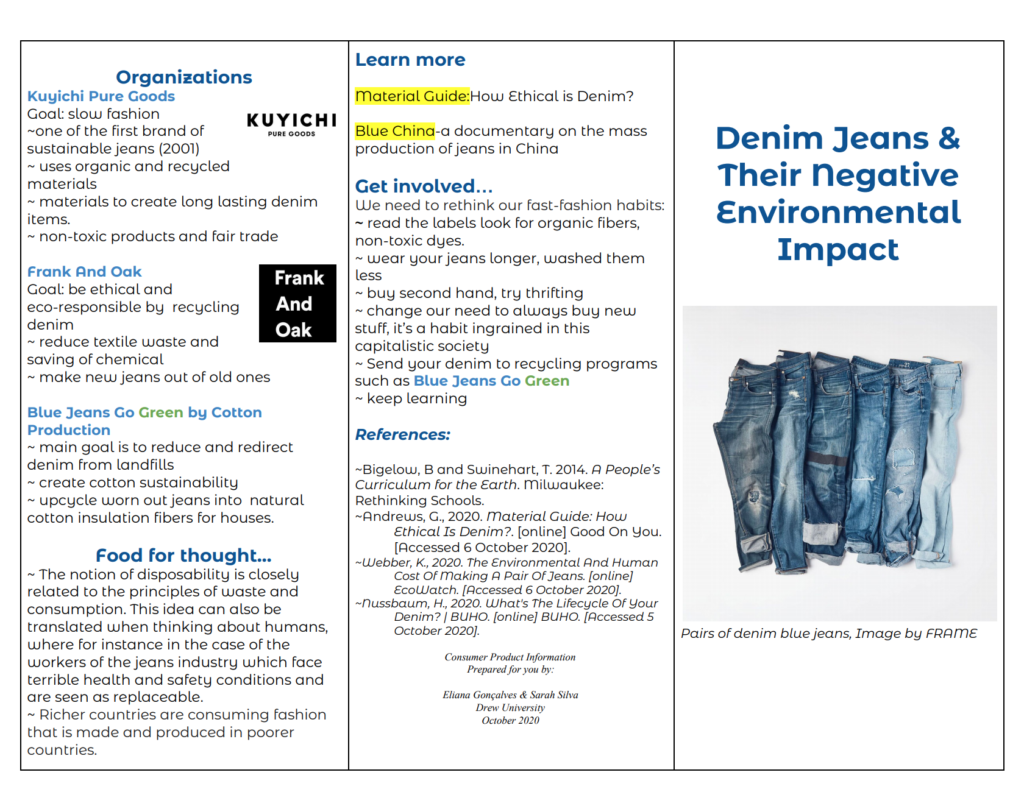Imani, Jessica, Hope & Eliana
Sustainable Development Goal 11: Sustainable Cities
RESOURCE EFFICIENCY
Cities are enormous consumers of material and producers of waste. Developing world cities are vulnerable to a lack of resources such as water and energy.
Water
With high levels of population growth, water availability and the disposal of waste water has become a major problem for cities. Water availability affects agro-economic production and food prices and the quality of water is linked to water pollution. It is of huge importance that cheap and manageable infrastructures make water recyclable and efficient in terms of water and energy use.
Energy efficiency
The supply of energy in cities is largely based on remotely located coal-fired power stations. However, coal is a non-renewable resource and it is estimated that the global demand for this fossil fuel is to increase by 45% in 2030. Therefore, it is essential for cities to invest in renewable energy sources that have zero emission(eg:solar, tidal, and wind). The majority of energy consumption in cities is due to transportation–Investing and encouraging carbon neutral and sustainable methods of transportation.
Here are some example of resource efficient cities:
Copenhagen, Denmark
– Ranked as one of the Greenest cities in the world.
-Aims to become carbon neutral by 2025.
-45% of its residents commute by bike
-Uses an energy efficient cooling and heating system for nearly households–saving 70% more energy.
San Francisco, California
-San Francisco dramatically reduced its water use.
-San Franciscans have decreased their water intake to about 49 gallons of water per day on average (the national average is 80-100 gallons/day)
– Other sustainable strategies is to achieve the goal to become a zero waste city by recycling, composting and investing in organic food.
Ways that sustainability can be achieved moving forward.
Implement better recycling programs, transportation systems (eg:bike paths), community parks and other green spaces and opt for renewable energy.
Enable cities to effectively manage their resources efficiently and reduce waste and greenhouse emissions gases thus improving quality of life.
Invest in cheap and manageable infrastructures to make water recyclable and efficient.
Important organizations that are helping to achieve these solutions, and provide hyperlinks so map-readers can easily learn more.
- World resource Institution
The world resource institution focuses on identifying solutions for urban growth.The Building Energy Accelerator project which speeds up strategies for low-emission buildings and sustainable housing. And the Sustainable Urban Mobility Project Initiative seeks to accelerate smarter and cleaner transport networks, including electric cars.https://www.wri.org/our-work/topics/sustainable-cities#_blank
- Organizations for sustainable transportation:
- Transportation Alternatives (New York)-
- Transportation Alternatives (New York)-
Created in the mid 1970’s, Transport Alternative (TA), aims for safer, equal streets, with more sustainable transportation methods in New York City.Transportation Alternative has built over 1000 miles of bike lanes. Hundreds of thousands more ride a bike every day to work. The area is built with bus lanes, municipal bike sharing and car-free parking space.
- Wisconsin Clean Cities(Milwaukee, WI)–
Established in 1994, the non-profit organization is designed to reduce petroleum consumption in the transportation industry. This is done by including the development of renewable fuels, alternative fuel cars and advanced transportation innovations, such as hybrid vehicles and their charging facilities. Thus reducing the nation’s reliance on imported oil, increase air quality, encourage local employment, accelerate economic growth and enhance quality of life.https://wicleancities.org/
Works Cited
Macomber, John D. “Building Sustainable Cities.” Harvard Business Review, 24 Mar. 2017.
Project, The Climate Reality. “Five Sustainable Cities Making a Difference for the Planet.” Climate Reality, 6 Nov. 2019.
D. Koutsoyiannis, N. Zarkadoulas, et al. “Improving Health in Cities through Systems Approaches for Urban Water Management.” Environmental Health, BioMed Central, 1 Jan. 1970, ehjournal.biomedcentral.com/articles/10.1186/s12940-016-0107-2.
Hoballah, Arab, and Camaren Peter. Sustainable, Resource Efficient Cities: Making It Happen! UNEP, 2012.
“Learn More.” Transportation Alternatives, www.transalt.org“Lorrie Lisek.” Wisconsin Clean Cities, wicleancities.org/about/#intro.
“Lorrie Lisek.” Wisconsin Clean Cities, wicleancities.org/about/#intro.
Mitlin, Diana, et al. “Sustainable Development Goal 11.” World Resources Institute, 1 Aug. 2019, www.wri.org/sdg-11.“Our Story.” Transportation Alternatives, www.transalt.org/ourstory.
Nature Encounter

In the summer of 2014, together with my mother, my siblings, cousins, and other family members, we decided to take a trip to another province, which is 9 hours away from my hometown. We stayed at a cabin surrounded by trees and lots of nature, and near the ocean. One night, we went on a walk by the ocean, and we went in to get our feet wet, we noticed that as we moved, the water would sparkle. My mother then explained that it was called bioluminescent, and I was just so amazed by such beauty. I was so happy, it all felt magical and beautiful and up to this day, I still think about that night. In braiding sweetgrass, the author talks a lot about how nature provides with a lot of things; water, food, trees, and other essential things. And she asks how do we give thanks to these offerings- there so many beautiful things in nature such as bioluminescent in oceans and we can be thankful for such things. I like to believe that when we give back, so does nature, it a reciprocity type of relationship we share with mother nature.
Midterm Project Peer Review
Imani Chambliss
Imani’s project was focused on a very popular product- plastic water bottles! I chose hers because I was interested in learning more about this product. I am guilty of using plastic water bottles more than necessary, and so it was interesting to learn that this $1.20 product has an even greater cost to our health and the environment as a whole. From the production to the disposal of water bottles, there is so much damage that comes to each step. I was happy to learn about organizations that are fighting against the production of the water bottle and also smart steps I can take in order to reduce its production. This product made me realize how we as a society tend to be easily manipulated to keep buying unnecessary things despite knowing that they are affecting us. And since, water bottles are seen as a very convenient and disposable product we purchase them even more, but we have to find ways to reduce such habits, because, at the end of the day, they will be the death of us, literally!
Midterm: The environmental consequences of Jeans
Peer Review
Imani Chambliss
For this week’s assignment, I got the pleasure to look at Imani’s website. I very much enjoyed reading her response to the reading assignments. I found myself, feeling very much intrigued by what she wrote for each prompt, as she chose to write about very interesting things. For instance, for assignment #3 where she wrote about the environmental activist Lauren Singer-who is part of the Zero-Waste Movement- and it is visible in her writing that she passionate about sustainable living. I appreciate how she mentioned how our consumeristic lifestyle, has impacted many indigenous people and encourages us to choose smarter and simpler ways of living where we respect ourselves and everything around us. Another example is assignment #5 where she writes about the Gulf of Mexico oil spills. She provides an interactive module; which was a great way to learn a lot about oil spills, the cleanup process, and the negative consequences it has on the wildlife. Overall, her writing is very concise, and straight to the point, I like how she often put her own take on certain issues, making it more personal and making it enjoyable to read. Great Job Imani, keep it up!
Art & Culture
You Matter a book written by Christian Robinson
You Matter is a children’s book written by the wonderful author, Christian Robinson. The book talks about the importance of everything, he mentions that everything big or small is essential in this world. In addition, the author touches on how you matter solely because you exist, you’re worthy of everything good, simply because you’re alive. Sometimes, we can easily forget that, especially when you’re small in such a big world. But it is important for kids to hear these words since they are the future and words are very powerful because they create realities. In the Bali Principle of Climate Change, the document’s main focus is climate justice and ways to achieve it. Climate justice as a whole can be seen as a big goal, that is why the document has sub-goals, and those are the “little” tasks. Similarly to Robinson’s book, these tasks are a part of the bigger goal, and each principal matters because they will better ourselves and also the world at large.
Environmental Activists: Leah Namugerwa
Leah Namugerwa

Leah Namugerwa is a 14-year-old Ugandan climate activist and student striker. Following the footsteps of Greta Thunberg, Namugerwa started protesting every Friday against climate action. She has been protesting every Friday for more progress on climate change, plastic waste, and more. Skipping school and facing a lot of resistance, Leah Namugerwa was eager to get her message out. Soon, the teen was able to inspire several other Ugandans for the cause. Her primary aim, aside from the implementation of new climate laws, is to draw attention to climate change.

She is leading a campaign to compel the country’s President, Yoweri Museveni, to make the ban on plastic bags a law. Namugerwa continues to sound the alarm on deforestation, drought, and floods. Uganda is going through shifts in weather conditions, its rainy seasons are no longer stable. Prolonged drought, desertification, and habitat loss are both signs that Uganda’s climate is shifting. Bigelow and Swinehart, focus a lot on how climate change directly affects the lives of individuals and communities, and for Namugerwa her community is very much affected and threatened by it– increase in famine, people are more prone to diseases and many people are dying as a result of this change in climate. Even though many African countries produce the least carbon emissions, they are the ones that suffer the most.
It is truly inspiring seeing young people such as Leah Namugerwa taking action in such an important environmental issue and demanding change. As Namugerwa said “ injustice for the environment is injustice for me” and she could be more correct!
Education and the Environment
Discuss your thoughts on your own environmental education and how it connects to the readings.
I was born and raised in Mozambique, a developing country situated in East Africa. One of my first introduction to environmental education was through my mother, she was a vegetarian and she has been one even before I was born. My mom is an American and she shared that the main reason she chooses the vegetarian diet was because of the mass production of meat and global warming. I was young when learned about Global warming, didn’t fully understand until I got to high school. I was fortunate enough to get a private education and that is where I learned more about environmental issues, carbon footprint, microplastic found in oceans. In my other disciplines such as geography, biology, and chemistry I realized how the environment is connected to every part of our lives.
Despite having a private education, reflecting back, I still feel like my environmental education was very facts-based and failed to teach actual solutions to live a more sustainable life. We were constantly thought to not litter and pollute the beaches but, they were never thought why. If we don’t fully understand such concepts and ideas, evidently we fail to recognize the actual issue in the first place.
In Bigelow and Swinehart’s reading, the authors talked a lot about how the actions of one impact many especially the impoverished. About two years, my country suffered from a terrible and devastating cyclone called Idai. This resulted in many death, homes being destroyed, floods, and famine. This event really made me realize that while we are all connected, we’re connected unfairly–as those least responsible global warmings are the ones that suffer the most. It is this connection that was missing from my curriculum, which failed to teach me the reality of this world. Moreover, that is exactly how my schooling thought me to contempt for the Earth.
Readings: Environment, Society, and Sustainability
Chapter 1: Bigelow & Swinehart
The main theme of the entire book is that everything is connected and starts us off with the link between plastic and poverty. On “Plastics and Poverty”, an article written by Van Jones, the author mentions that from production to disposable of plastic, impoverished communities are the ones burdened with the terrible effects of this cancerous material. Rather shocking information revealed in this article is the fact that recyclable material such as plastic ends up being trashed in developing countries. The plastic ends up being burned, creating toxic fumes that affect the poor people. Moreover, Jones talks about the idea of disposability– that everthing can be trashed; plastic, animals, resources and even humans. A good exemple mentioned in the article, is the high incarceration rates in the US, human lives are seen as trowaways because there are plenty more. Sometime we focus on cleaning the oceans but aslo forget about our own humanity. Nevertheless, we dont have to pick and choose between social justice or environmental issue, because everying is connected, so we can take care of both.
Chapter 1-2; Billott

In chapter one we are presented to the main character; Wilburn Earl Tennant- who is a farmer from West Virginia. Tennant clearly recognized that some poisonous material was killing his cows and causing sickness in his household. He asks and describes his situation to people including the state protection agency, but no one knew what was causing the deaths of his cattle. However, he strongly believes that toxic discharges derive from DuPont’s factory. That is when Bilott receives an unexpected telephone call from Earl Tennant, who ask for legal advice, and help and Billot seems to be apprehensive to take on this case.
As mentioned by Van Jones big corporations such as Dupont or plastic manufactures, tend to affect the poorer communities. In this case, Mr. Tennant is a good example. Why are those in the lower class often placed in positions of danger? Dupont deals with deadly chemicals, so why are people living close to it. This is links to ideas of disposability mentioned where impoverished communities, lack choices and are left to deal with dangerous chemicals. Big corporations, especially under capitalism, don’t think about who they affect, just about profitability.



